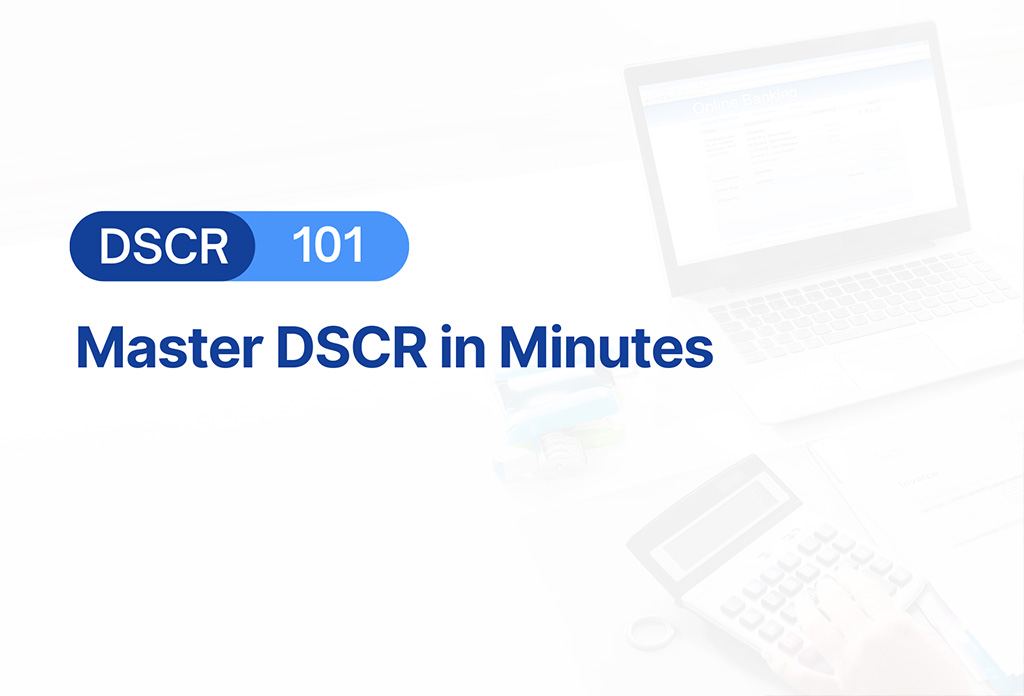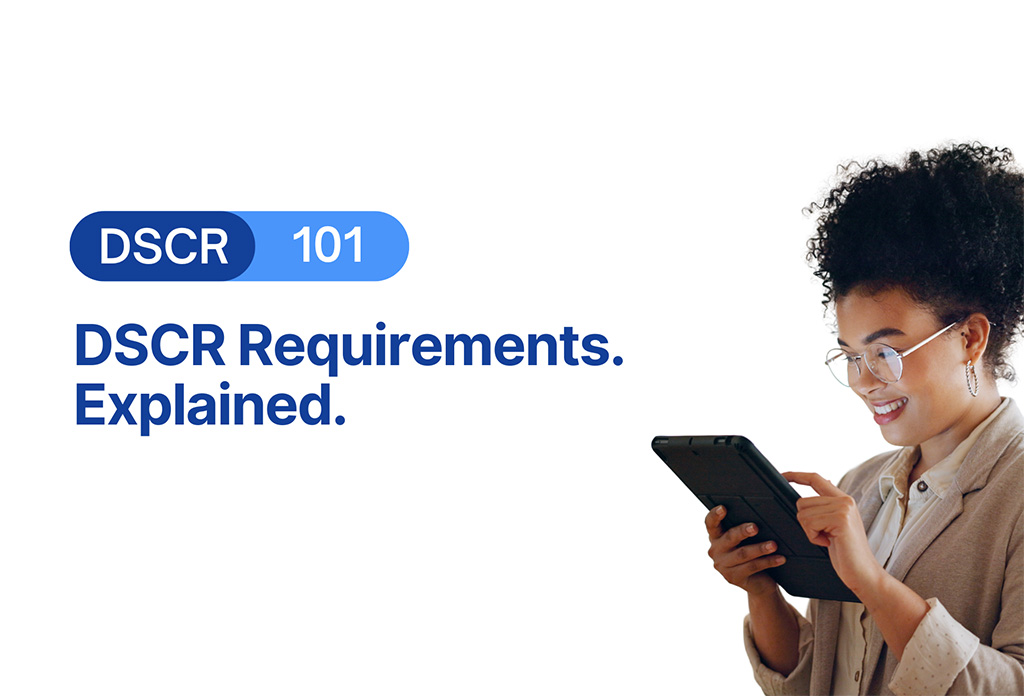A profit and loss statement for a loan application can unlock financing for self‑employed borrowers who lack typical pay stubs. This document reports business revenue, costs, and net income over time.
Lenders review it to judge whether earnings support mortgage payments.
A well-prepared P&L statement for a mortgage application can simplify the approval process, reduce delays, and offer more flexible qualification paths.
Understanding how to structure this document and how lenders assess the figures gives borrowers an advantage during underwriting and helps brokers guide clients through a smoother closing process.
Understanding Profit And Loss Statements
A profit and loss (P&L) statement is a snapshot of business income and expenses over a defined period. It includes revenue, cost of goods sold, operating expenses, depreciation, and net profit or loss. Lenders use it to evaluate self‑employed borrowers because it shows actual business performance. It reveals whether the venture generates enough income to support a mortgage repayment plan.
Unlike tax returns, which reflect accounting adjustments and non-cash deductions, a profit and loss (P&L) statement focuses on cash flow and profitability. This clarity enables lenders to assess whether a business owner has a sustainable income. When documents are signed by a CPA, lenders view them as more reliable, thereby reducing the need for traditional documents such as W-2s and pay stubs.
Using a P&L statement for a mortgage application aligns with non-QM programs, such as P&L loans and DSCR loans. These options help self‑employed investors and business owners who might struggle under conventional underwriting.
Why Lenders Accept P&L Statements
Traditional underwriting focuses on W‑2 income, tax returns, and debt‑to‑income ratios. For self‑employed borrowers who deduct much of their income, traditional methods can underreport earnings. That issue makes it harder to qualify for a mortgage. A P&L statement addresses this gap by revealing true operating income.
Lenders look at sales trends, expense management, and net profit. They review line‑by‑line items to understand recurring costs and one‑time expenses. This helps underwriters assess real borrower capacity. They may also examine gross margins to see whether revenue covers core business costs.
When a P&L statement is signed by a CPA, it signals financial credibility. Lenders often accept CPA‑prepared P&Ls at face value, reducing their need for additional verification. That speeds up underwriting and strengthens loan applications.
P&L Statement Requirements For Mortgage Applications
Lenders have specific requirements for profit and loss (P&L) statements used in loan applications. Understanding them helps brokers and borrowers submit accurate and complete documentation.
- Length of Records
Lenders typically require at least two years of profit and loss (P&L) history. That history demonstrates business stability and consistent income.
- Income and Expense Details
The P&L must list revenue, cost of goods sold, payroll, rent, utilities, insurance, and other recurring business costs. These details help underwriters assess net operating profit.
- Consistency with Tax Returns
Figures on the P&L should align with tax return lines. If revenue differs significantly, brokers should prepare explanations. Lenders may ask for signed year‑end profit figures or management reports.
- Cash Flow Calculation
Some lenders calculate adjusted net income by adding back non‑cash deductions like depreciation. This gives a clearer picture of available cash flow. Borrowers should work with brokers or lenders to confirm which items are acceptable.
- Reserve Requirements
Lenders may require cash reserves after closing, often three to six months of PITI (principal, interest, taxes, insurance). Borrowers should review the guidelines carefully.
How Lenders Analyze P&L Figures
Underwriters review P&L statements line by line. Their goal is to determine whether the business generates reliable income that can consistently cover mortgage debt.
- Revenue Stability
They examine monthly or seasonal income trends. Rising revenue patterns can demonstrate growth. On the other hand, significant dips may require support with documentation or context.
- Expense Breakdown
Fixed and variable costs are reviewed. Fixed expenses like rent and payroll should remain steady. Spikes may signal issues or one-time events needing explanation.
- Net Profit Margin
A healthy P&L shows net profit that comfortably exceeds debt obligations. Underwriters look for net income that, when annualized, can cover proposed loan payments. For self‑employed borrowers, margins above 10 percent offer strong support. Lower margins may still work, but may require larger reserves or stronger credit.
- Adjusted Earnings
Non‑cash deductions such as depreciation may be added back to income. That adjustment gives a truer representation of cash flow. Some lenders also exclude owner perks, private vehicle expenses, or other discretionary items.
- Cross Verification
Lenders may request bank statements or business checking records to verify deposits and expenses. While the P&L is the main document, backup documentation can reinforce credibility.
Common Challenges And How To Avoid Them
P&L statements can present issues if they lack clarity or consistency. Here are common pitfalls and suggested actions:
- Large Year‑End Adjustments
Substantial year‑end entries (such as write‑offs) can make income look unstable. Borrowers should ask CPAs to spread deductions evenly across months or explain fluctuations.
- Inflated Depreciation
Heavy depreciation can reduce taxable income and lower net profit. Borrowers should understand how lenders adjust these figures and discuss them with brokers.
- Incomplete Expense Reporting
Leaving out recurring expenses may make net income appear inflated. Borrowers should include all typical business costs.
- Mixing Personal And Business Expenses
Personal expenses disguised as business costs undermine trust. Borrowers must separate personal transactions and address them in the P&L.
- Unexplained Variances
If revenue or expenses shift drastically from previous periods, lenders expect context. Brokers should prepare clear, written explanations ready for underwriters.
P&L Statements In Non‑QM Product Lines
Loan options such as P&L loans and DSCR loans rely heavily on business income or property income instead of personal W‑2 wages.
These mortgages use business earnings to qualify self‑employed borrowers in residential owner‑occupied or investment properties. They appeal to clients whose profits have been lowered by tax deductions or those who operate LLCs or partnerships.
These look at rental income for 1–4 unit properties rather than business income. While different, they may complement P&L loans for clients with mixed income streams.
Preparing A Strong P&L Statement Package
A polished application increases loan approval odds. Brokers should guide clients to assemble complete, consistent documentation.
- Include Signed P&L Statements
Have clients submit two years of CPA‑prepared statements, with signatures and dates clearly visible.
- Gather Supporting Documents
Bank statements, business checking histories, invoices, management reports, and CPA cover letters help confirm income and expense accuracy.
- Draft Explanatory Letters
When income dips or expense spikes occur, brokers should help clients draft concise letters explaining anomalies. Underwriters appreciate transparency.
- Review And Correct
Before sending to lenders, check for mathematical accuracy, proper classification of expenses, and alignment with tax returns.
- Reserve Verification
Confirm clients hold reserves equal to lender requirements, often measured in months of payment coverage.
- Broker‑Lender Discussion
Brokers should coordinate with underwriting teams early to confirm guidelines and documentation expectations.
Advantages Of Using P&L Statements In Loan Underwriting
Using profit and loss statements during underwriting offers more than just an alternative route; it opens real opportunities for self‑employed borrowers. Below are key advantages that make this method both practical and powerful.
- Increases Access For Self‑Employed Borrowers
Many self‑employed individuals deduct business income, reducing taxable income. Using P&L statements can unlock their true earnings.
- Reduces Documentation Burden
Clients avoid collecting multiple W‑2s, pay stubs, or detailed employment verifications. They only need standard business records and a CPA sign‑off.
- Speeds Up Closings
When everything aligns, P&L loans often close faster than conventional mortgages. Brokers and borrowers can move quickly toward funding.
- Supports Business Growth
Borrowers can qualify for higher loan amounts since lender analysis focuses on net operating profit rather than taxable income.
Risks And Drawbacks To Consider
P&L‑based loans carry some caveats brokers and borrowers should discuss upfront.
- Variable Income Streams
Businesses can fluctuate unexpectedly. Lenders may require reserves to offset future dips.
- Higher Interest Rates And Fees
Non‑QM loans often carry slightly higher rates or fees. Brokers should compare options and weigh trade‑offs.
- Qualification Limits
Not all lenders accept business entities ranging from single‑member LLCs to partnerships. Brokers must know which entities qualify.
- Stricter Documentation Standards
Incomplete or unverified P&L statements can complicate underwriting. Clients need professional bookkeeping and a CPA sign‑off.
Who Benefits Most From P&L Loans
Self‑employed borrowers who file significant deductions and have reliable cash flow can benefit greatly. Examples include:
- Freelancers with inconsistent monthly income
- Small business owners who maximize deductions
- Contractors paid via 1099
- Individuals whose net taxable income is too low for conventional loans, but with a healthy net profit
When paired with investment properties, business income may offer a pathway to larger loan amounts than primary income would allow.
Case Study: Real‑World P&L Application
Imagine a freelance graphic designer with an annual revenue of $180,000 and total expenses of
$120,000. The net income on the profit and loss (P&L) statement is $60,000. Lender guidelines allow adding back $10,000 in non‑cash depreciation. That raises net qualifying income to $70,000.
If the borrower seeks a $300,000 mortgage at a $2,500 monthly payment ($30,000 annually), the income covers the payment by more than double. That creates a strong application based on cash flow. A broker who highlights the dependable net income and explains accounting add‑backs to the underwriter can unlock approval quickly.
Key Documents To Assemble
A comprehensive application needs more than just the P&L statement. Underwriters expect a package that tells a clear financial story.
- CPA Cover Letter
A one‑page note from a CPA confirms statement accuracy and details any add‑backs used.
- Balance Sheet
Shows equity, debt, and business assets. Helps underwriters confirm stability.
- Bank Statements
Three to six months of deposits and transfers back up revenue and expense entries.
- Client Invoices or Contracts
Show steady or repeat work that supports the income level.
- Lease Agreements
For rental property side income, these verify rental revenue.
- Business Entity Documents
For LLCs or partnerships, include operating agreements or filing certificates.
- Proof of Reserves
Bank statements that display liquid assets in personal or business accounts after closing.
Guiding Underwriting Through DSCR and P&L Together
Some investors may use both rental income and business income. In that case, combining P&L loans and DSCR loans gives brokers more flexibility. Rental income from a 1–4 unit property qualifies under DSCR, while business profits back a separate residential mortgage.
Combining income sources may allow higher debt allowance. Brokers should verify guideline overlap early. Lendz Financial underwriting teams can help structure these cases effectively. That collaboration often leads to faster decisions and clear loan paths.
Common Red Flags in P&L Statements and How To Address Them
Not all profit and loss statements are equal. Lenders often flag statements that raise concerns, especially if they notice:
- Unusually high expenses compared to industry norms
- Sharp fluctuations in income without a supporting explanation
- Minimal or negative net income after deductions
- No clear separation between personal and business expenses
Brokers should work with borrowers to explain any irregularities. For example, a one-time marketing investment or temporary slowdown due to supplier delays can justify a dip. A CPA note that explains context can prevent instant denial.
Lenders are more open to stories when backed by real documentation. Transparency always improves credibility.
The Role of Seasonality in Self‑Employed Income
Many self-employed professionals experience seasonal fluctuations in their revenue. Photographers, tax preparers, and event planners earn more during specific quarters. A year‑to‑date P&L might appear weak if the loan application falls during a slow period.
In such cases, underwriters may allow a 12-month average or request prior-year comparisons. Brokers should request at least two years of P&Ls and briefly describe seasonal cycles.
If the slow period is expected, support it with past data. This positions the borrower’s current income in the right light and can justify projected stability.
Common Broker Questions
How many years of P&L does a lender require?
Most require at least two years.
Can add‑backs include owner perks or depreciation?
Yes. Lenders often accept depreciation and owner perks, provided the CPA documents them. Add‑backs must be reasonable and justifiable.
What happens if net profit dips in year two?
Provide an explanation. If it is temporary, such as an equipment purchase or expansion, lenders may average the two years or rely on trailing net income.
Will self‑employed income and rental income combine?
Yes. Some lenders allow combining income sources if the total debt‑to‑income ratio remains in an acceptable range.
Are P&L loans only for owner‑occupied homes?
No. They can apply to primary residences, second homes, and investment properties, depending on lender guidelines.
Checklist For Brokers
Start with a quick intake review. Confirm year‑to‑date revenue and expenses align with current P&L. Verify CPA signature block is present.
Ask borrowers to pull business bank statements for at least three months. Request supporting documents such as invoices, tax ID numbers, and business registration details.
Draft a short summary that explains any income fluctuations or large expenses. This summary helps underwriters see the bigger picture without digging through statements.
Close coordination with underwriting on add‑back policies, reserves, and entity acceptance helps prevent surprises. Send the complete packet together to reduce back‑and‑forth.
Comparing P&L Loans To Other Non‑QM Options
Non‑QM loans offer flexible paths for non‑traditional borrowers. Here is how P&L loans fit in:
- VS Bank Statement Loans: Bank statement loans rely on They work for businesses that may not have formal P&Ls. P&L loans require financial records certified by CPA.
- VS DSCR Loans: DSCR loans leverage rental income, not business These loans work well for clients with a mix of rental and business revenue. Brokers can layer income sources.
- VS Asset Depletion Loans: Ideal for individuals with significant liquid assets but low income. Income is calculated using asset value rather than Suitable for retirees or investors shifting portfolios.
Each type maps different borrower profiles. Brokers should guide clients toward the option that aligns best with their income style and financial goals.
Strategies To Optimize Approval Chances
Getting approved for a P&L loan takes more than just strong income. These strategies help brokers and borrowers improve their odds and avoid common setbacks.
- Work with experienced Their statements carry weight during review and save time by minimizing errors.
- Prepare cushion in Even if the guideline says three months, two additional months ease underwriting concerns.
- Pair income For instance, combine rental and business income to strengthen qualification under dual-income scenarios.
- Document If income spikes or drops, a short letter explaining trends reassures underwriters.
- Keep credit Maintain a score of at least 680 to strengthen non‑QM approval odds.
- Stay ahead of Brokers should confirm the documentation checklist before submission to avoid delays.
Ready To Help Your Clients Secure A Mortgage With A P&L Statement?
At Lendz Financial, we help brokers close non‑QM loans backed by P&L statements smoothly. Our underwriting tracks closely with real business performance. Contact us to discover a faster path for clients with complex income.
At Lendz, Profit & Loss statement may be prepared by a Certified Public Accountant (CPA), an IRS Enrolled Agent (EA), IRS Preparer Tax Identification Number (PTIN) register tax preparer, or a California Tax Education Council (CTEC) registered tax preparer.










.png)
.png)


.png)













.png)
.png)

